The moment the French Broad River’s banks eclipsed the railroad tracks in downtown Marshall the morning of Sept. 27, business owner Josh Copus knew this storm wasn’t like past floods. An hour later, floodwaters from Tropical Storm Helene raged down Main Street.
From the steps of the Madison County Courthouse, the highest-positioned building on the street, Copus watched the flood’s current blow out the large windows of Zuma Coffee and Provisions across the street, sweeping chairs, tables and display cases downstream. The water would ultimately rise all the way up the courthouse’s six steps and enter the historic building, surpassing all recorded flood levels in Marshall’s history.
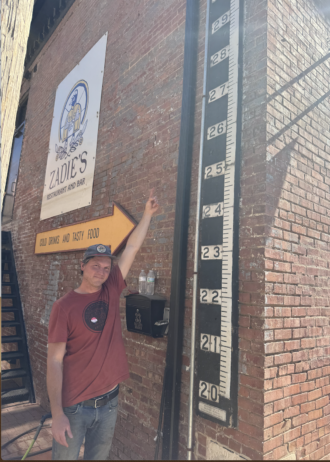
According to the flood gauge on the side of the Old Marshall Jail and Zadie’s Market, both of which Copus owns, the water rose to about 27 feet Friday evening, more than 3 feet higher than the famed 1916 flood.
“Even on Friday morning, we just didn’t know that it was going to be that kind of flood. So by the time you realize it, it’s almost less safe to try to leave,” Copus remembers.
When the water receded on Saturday, the small riverside town was unrecognizable. For a moment, Copus, who is also a potter, wondered whether it was worth the effort to rebuild.
“I asked myself big existential questions about whether this town should continue to be here. That’s how I felt in the beginning. I felt like the town was destroyed. You ask yourself, ‘Should we have a town here?’ And my honest takeaway was yes, we should. We should rebuild this town. This is a town worth saving,” Copus says defiantly.
Joel Friedman has owned and operated Zuma Coffee on Main Street in Marshall since 2001. As he watched Helene inundate downtown from the roof of his apartment complex on the other side of the river, Friedman’s first instinct was to hang it up. He figured his friends at Buchi, a kombucha company based in Marshall, would probably hire him, he says.
“I couldn’t see any way to be able to rebuild what I just got through doing for 23 years,” Friedman says.
Those thoughts of despair proved fleeting for Friedman, Copus and others, however, as volunteers began flooding into town almost as fast as the river had.
“Nobody here waited around for anyone to come save us. We just got going,” Copus says. “I had to ask myself if I wanted to do it. And then as soon as I saw everyone just doing it, I just fed off the energy of the other people. That’s when it shifted. If we had waited, it would be a real different story,” he notes.
But Marshall didn’t wait, and the town’s recovery efforts after the storm has been swift despite mountains of mud and torrents of misinformation.
Tiny homes, huge heart
Marshall locals Jeramy Stauffer and Kevin Ward headed into downtown Marshall the Sunday after the storm looking for ways to help. The first thing they noticed was that people cleaning up the town needed food and supplies. So Stauffer set up his grill and a table under a pop-up tent at Nanostead, a tiny-home contracting company that he established in 2014. They stationed a car there to shuttle volunteers back and forth to downtown from the relief station at the top of Walnut Creek Road.
Then people started showing up. Lots of people. And the all-volunteer crew kicked into gear as a resource and volunteer hub for Marshall’s recovery.
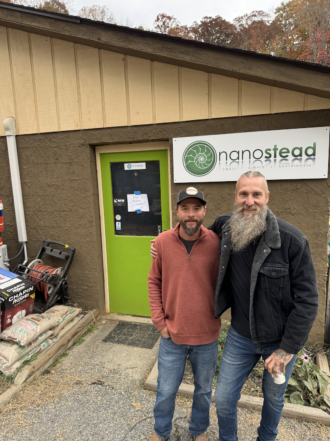
“We had, maybe, four pairs of rubber boots [at the beginning], and were thinking we were going to go down and use them,” Stauffer says. “But volunteers showed up, took our boots, and went down and used them,” allowing Stauffer and Ward to stay at Nanostead and coordinate.
“Within three days, we were pulling in 200 volunteers a day with shuttles,” Stauffer notes. Word spread on social media, and by week two, up to 300 volunteers a day were passing through Nanostead, so many that they had to shuttle people from the Ingles on U.S. 25/70 to the hub, and again from Nanostead into downtown.
Stauffer and his crew set up a full camp in the Nanostead parking lot, complete with a makeshift kitchen, a dining hall and a decontamination station where people can don personal protective equipment before they go down to the “front lines” downtown along the river. There was an information booth, an office, a wellness center and a “toolshed” where various tools were loaned out. Certified nurses were available at the hub’s wellness center several times a week, and people have come from as far as Burnsville and Swannanoa to receive free medical care, Stauffer says.
Not only volunteers, but donations of supplies poured in. The hub had durable protective coveralls, boots, gloves, eyewear and respirator masks for volunteers to wear when they got there.
“People could show up in street clothes, work all day in the mud … and leave just as clean as you were when you got there,” Stauffer notes.
All manner of tools, from shovels and crowbars to pressure washers were delivered to Nanostead. There was so much inventory that Stauffer split the tool management team in two — hand and power tools.
Meals were cooked by volunteers in the kitchen multiple times a day, and on Thursdays, there was live music in the evenings in Nanostead’s parking lot, offering a vital reprieve and celebration of everyone’s efforts, Stauffer says. Touring Asheville band Rising Appalachia even made an appearance.
The operation was run efficiently, with teams of volunteers assigned to specific roles, and a lead volunteer in charge of each category, from decontamination and wellness to inventory and parking, Stauffer says. When U.S. Army soldiers showed up, they marveled at the organized operation, asking how many disasters the crew had been to, says Tasha Pumphrey, a Nanostead employee in charge of information and social media at the hub.
Volunteers came from all over the place, Stauffer notes, with help from Ohio, Indiana and even as far away as Maine.
The Army’s 101st Airborne out of Kentucky also showed up and willingly took orders from anyone who had a task.
“I never thought I’d be giving orders to Army soldiers,” Stauffer admits. “We couldn’t have done as much as we have without them.”
The energy at Nanostead has helped business owners feel the cleanup is possible.
“I went to Atlanta for a couple days, I came back, and I drove into Nanostead right in the hub of everything,” Friedman says. “To see how organized they were, to see that they had already created a whole new community up there, it just filled me with a lot of inspiration. A lot of fortitude. And at that moment, not only did I realize what I meant to the community, the community was coming up to me, telling me what I meant and that they needed Zuma in their world again.”
Noticing that the paths of almost everyone involved in leading the cleanup effort had first crossed years ago at his cafe, Friedman knew he couldn’t quit. He knew if Marshall was going to rebuild, he had to be a part of it.
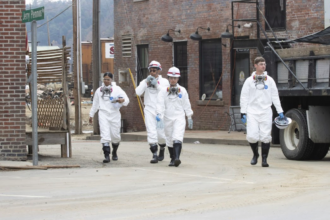
Art on the island
Back down at ground zero, Frank Lombardo has benefited from Nonostead’s efforts as well on Blannahassett Island, located precariously in the middle of the French Broad River a stone’s throw from downtown.
The island is home to Marshall High Studios, a cooperative artist studio space in the former Marshall High School, where Marshall’s funky, offbeat artistic identity is most evident.
Lombardo, a painter with a studio at Marshall High who has been leading cleanup efforts there, says the water reached 8 feet above the elevated ground floor inside the building.
As the water rose on Thursday, Lombardo, who says his father is a meteorologist, hurried to the island to rescue his paintings and supplies.
“There was a high point on the island. I could just barely pull onto the parking lot and get into the studios. I had to walk through a little bit of water,” he says.
He managed to rescue most of his things and moved the work of other artists who couldn’t make it to the island to higher spots within the building, with varying degrees of success.
After the storm, Lombardo couldn’t get back to the island until Sunday, when he climbed through a window and kicked the front door open from the inside. Faced with a seemingly insurmountable amount of cleanup work, Lombardo started digging.
“You can’t look at anything else, because no matter what you do, it’s like you’re not tackling the other massive problem. But soon people started showing up. We had a great volunteer squad; the community came together. And, I mean, we’ve been flying, we’ve been making great progress. We’re so organized,” Lombardo notes.
Marshall’s small size helped make organization a little easier, and when Nanostead stepped up to be the volunteer hub, everything else fell into place, Lombardo says.
Next phase
Thanks to all the volunteer labor and influx of supplies and machinery, many places like Zuma, the Old Marshall Jail and Marshall High Studios are now cleared of the mountains of mud that Helene dumped inside. Now, much of Marshall is moving into the next phase of needs: skilled labor.
For Copus, that means it’s time to switch from “manual labor Josh” to what he calls “clipboard Josh.”
For the buildings still standing, a structural engineer will have to determine if they can be renovated for occupancy. Electricians and plumbers are needed to rewire buildings and shore up any leaks. Friedman and others need to redesign their spaces and order new equipment and inventory.
Stauffer and Ward are quick to point out that volunteers are still needed, however. They plan to keep up recovery momentum, even as Nanostead transitions back to operating as a business, with their new relief nonprofit, the Nanostead Foundation.
Stauffer aims to continue to be a hub not just for Madison County but also for surrounding areas with even more intense needs. They’ve been sending extra supplies to Yancey and Mitchell counties from the beginning and plan to continue. He wants to work with organizations doing similar things in other communities, such as BeLoved in Asheville, to ensure resources get where they’re most needed. In the medium to long term, Stauffer notes that Nanostead is perfectly positioned to start providing what is now needed more than ever: housing.
Stauffer says the company is working with landowners willing to donate some space so that Nanostead can build mobile tiny homes or locate donated RVs for displaced residents.
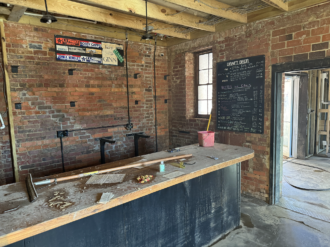
And Marshall’s downtown businesses are hoping to keep up fundraising momentum as the national media spotlight fades away. For Stauffer, continuing to help his town rebuild is as easy a decision as it was right after the storm hit.
“All of our best friends own the businesses in Marshall. We just watched the livelihood of our best friends float down the river. You know, that’s terrible. And so it was not even an obligation. It was just more of like, we have to do this,” Stauffer says of rebuilding.
How to donate
To volunteer, donate to Marshall’s recovery via the Nanostead Foundation or to offer land or RVs for displaced people in Madison County, visit avl.mx/e8x. Alternatively, GoFundMe accounts are set up for many businesses in Marshall, including Zuma Coffee and Provisions, the Old Marshall Jail, Zadie’s Market and Marshall High Studios. Find a list with links to Marshall-related fundraisers at avl.mx/e8y.
Photo Gallery from Marshall
- Photo by Caleb Johnson
- Off the rails. Photo by Greg Parlier
- National Guard in Marshall. Photo by Caleb Johnson
- Joel Friedman. Photo by Caleb Johnson
- Joel Friedman. Photo by Caleb Johnson
- Zuma Coffee. Photo by Caleb Johnson
- Josh Copus walks around downtown Marshall. Photo by Caleb Johnson
- Josh Copus. Photo by Caleb Johnson
- A moment of hope. Photo by Caleb Johnson
- Photo by Caleb Johnson
- National Guard in downtown Marhsall. Photo by Caleb Johnson
- Photo by Caleb Johnson
- Photo by Caleb Johnson
- Photo by Caleb Johnson
- Photo by Caleb Johnson
- Photo by Caleb Johnson
- Photo by Caleb Johnson
- Photo by Caleb Johnson
- Photo by Caleb Johnson
- Photo by Caleb Johnson
- Photo by Caleb Johnson
- Photo by Caleb Johnson
- Photo by Caleb Johnson
- Photo by Caleb Johnson
- Photo by Caleb Johnson
- Photo by Caleb Johnson
- Photo by Caleb Johnson
- Painter Frank Lombardo cleans up studio space at Marshall High Studios after Tropical Storm Helene. Photo by Omer Fichman
- Painter Frank Lombardo surveys the damage at Marshall High Studios after Tropical Storm Helene. Photo courtesy of Lombardo



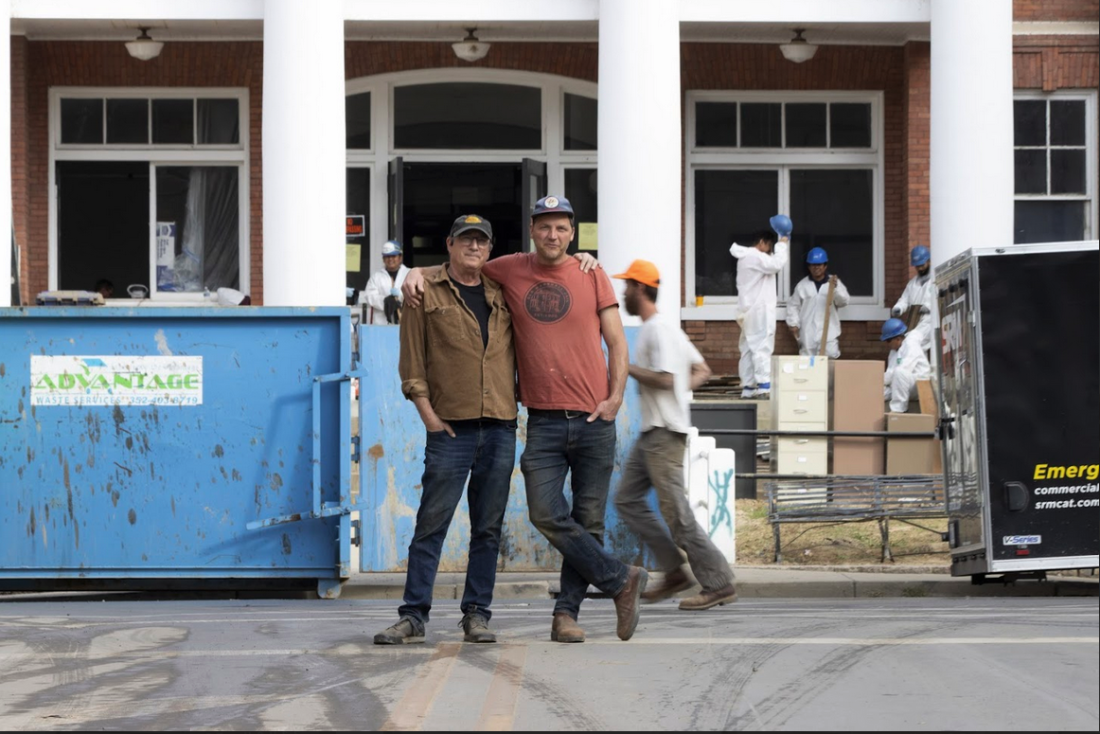
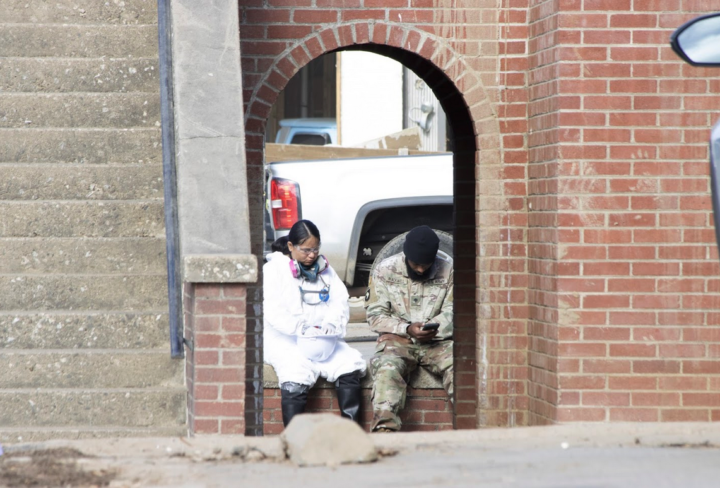
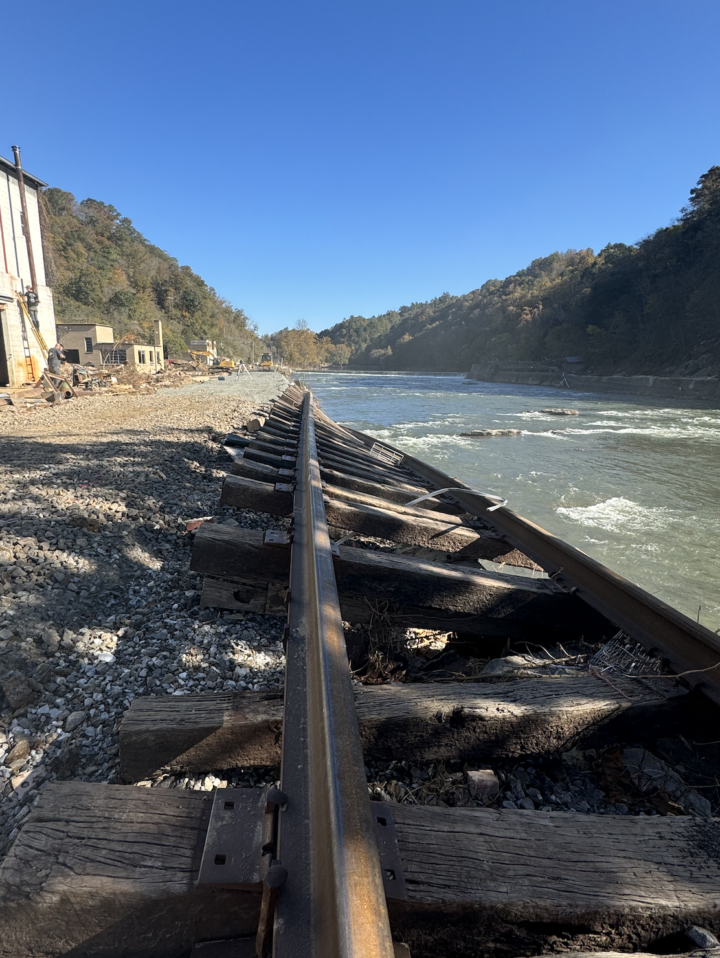
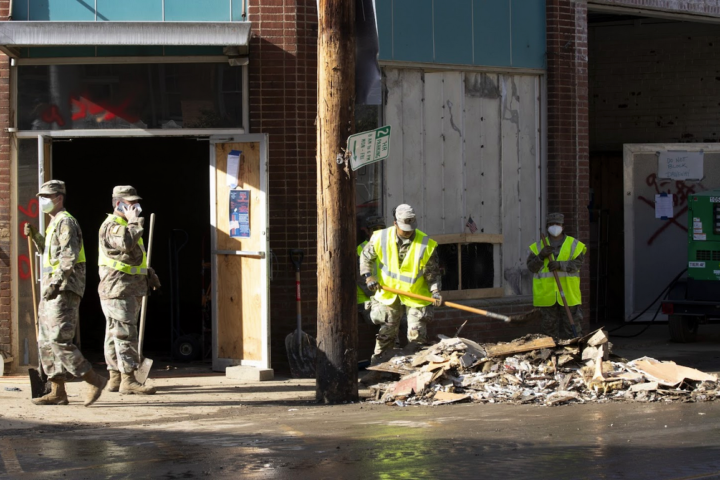
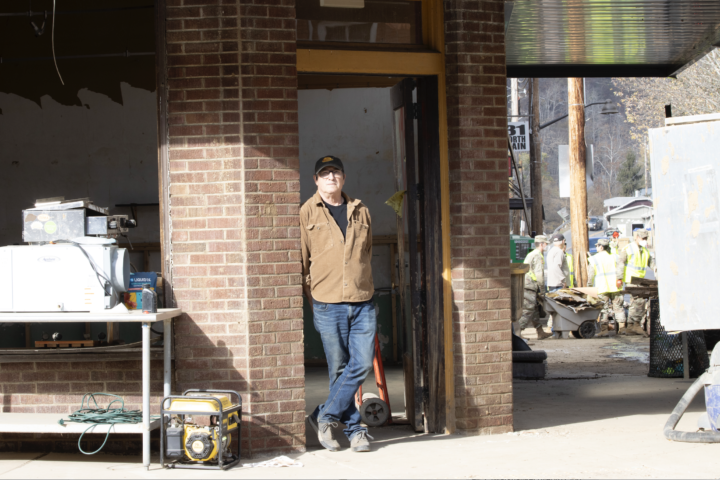
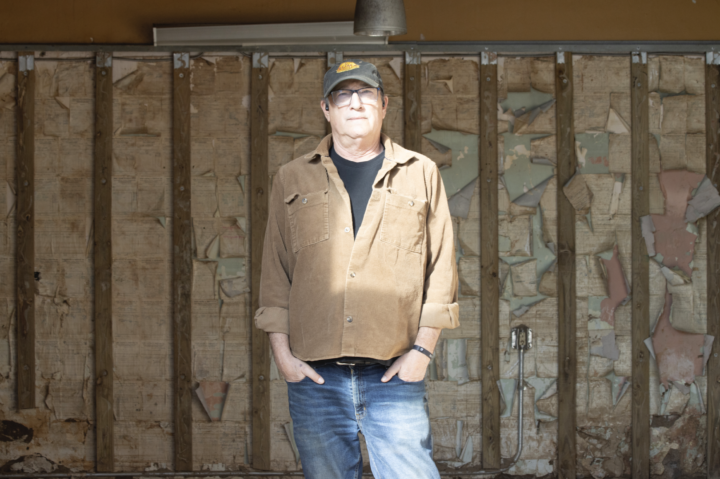
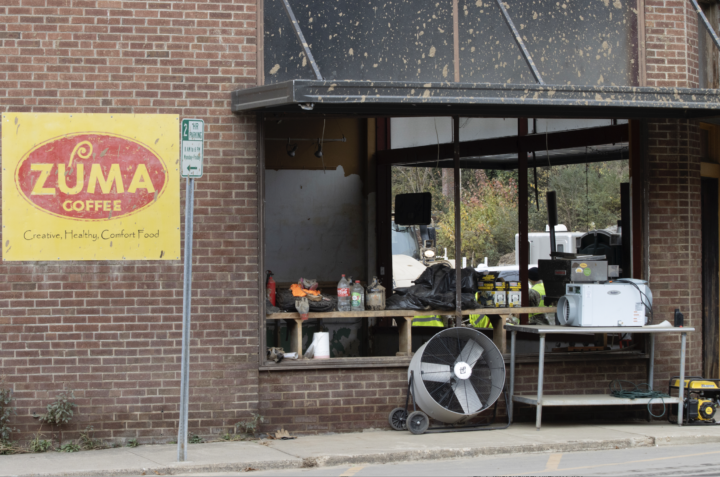
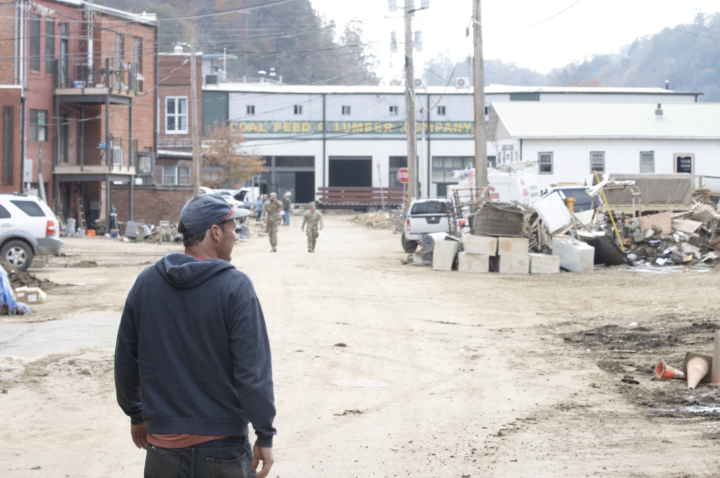
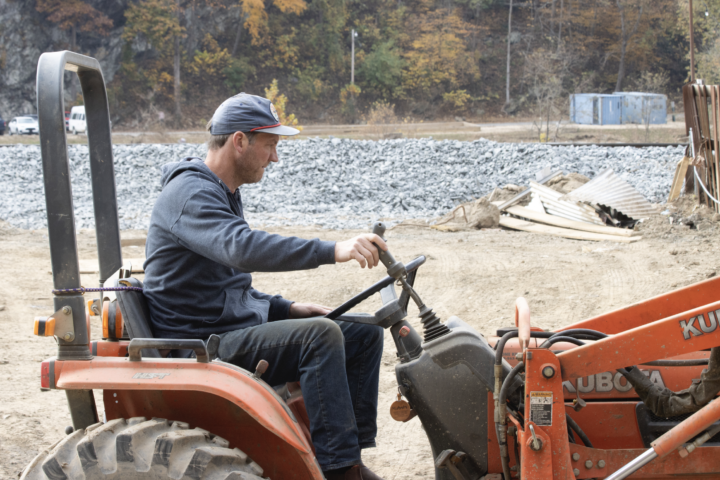
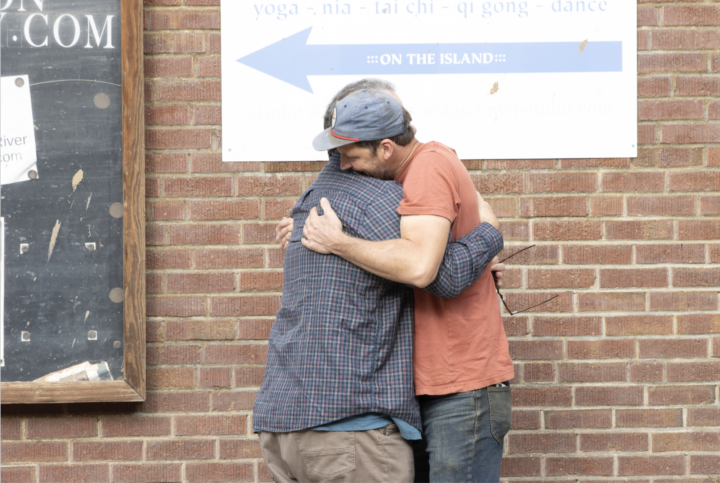
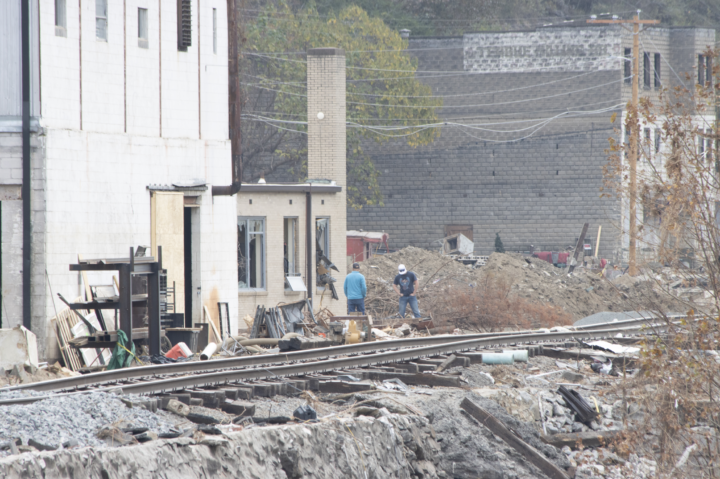
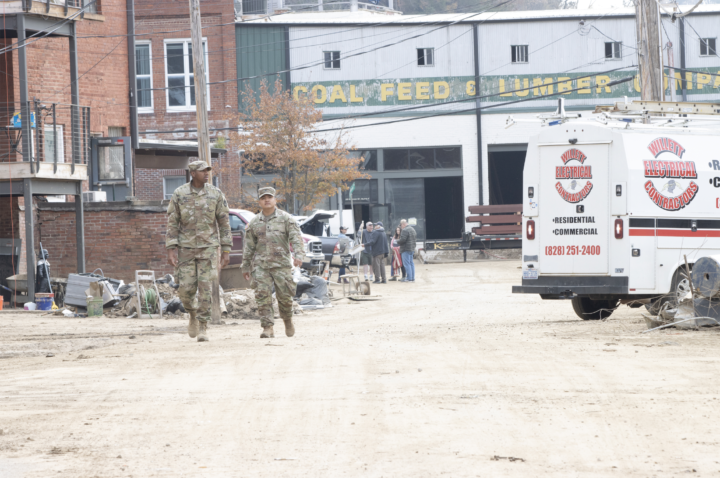
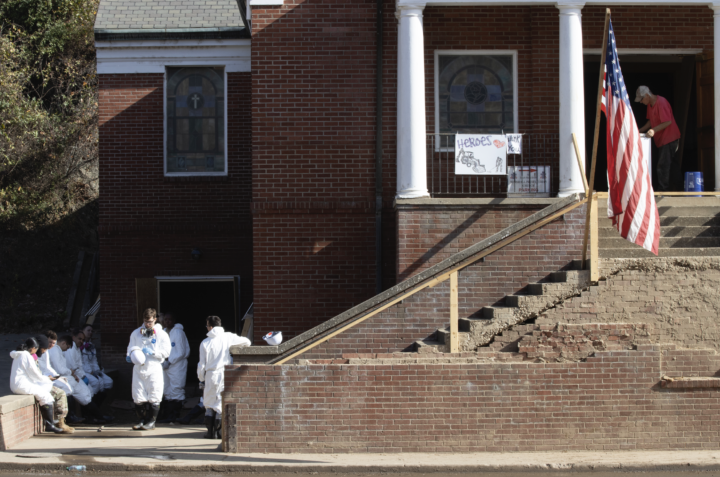
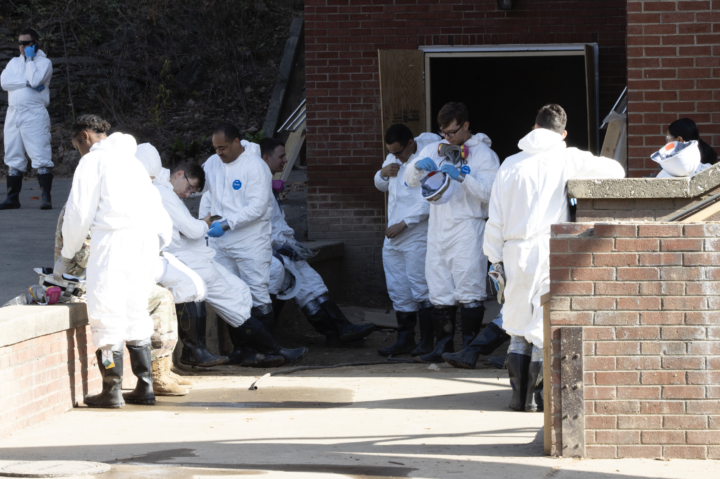
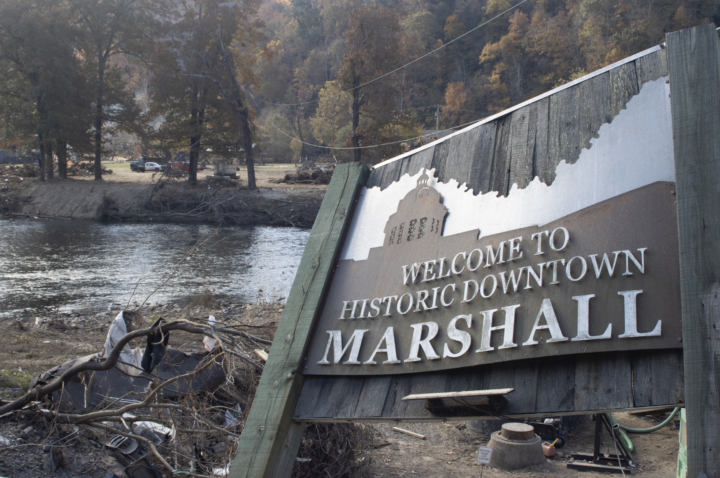
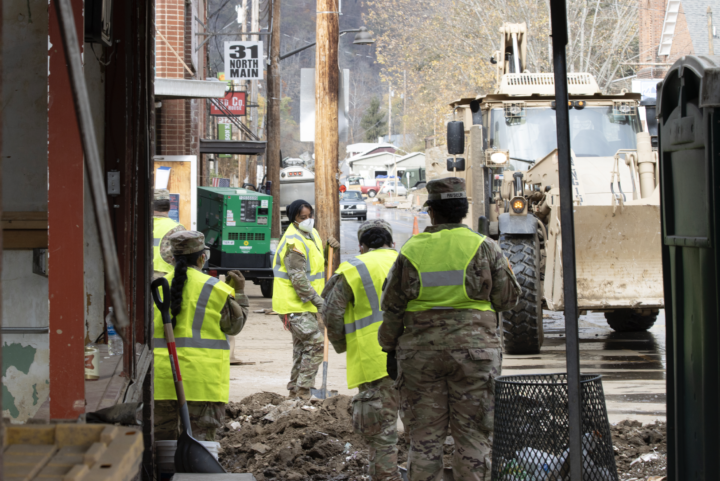
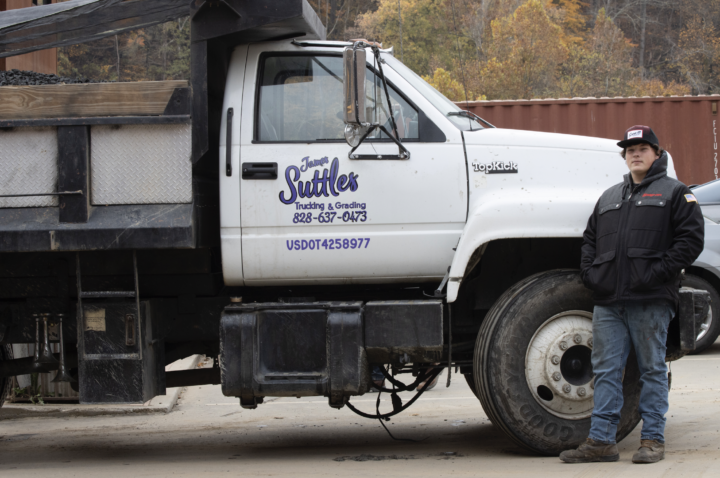
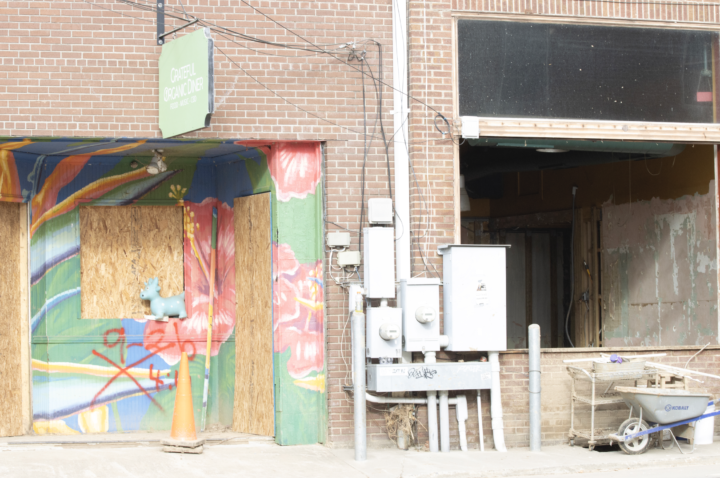
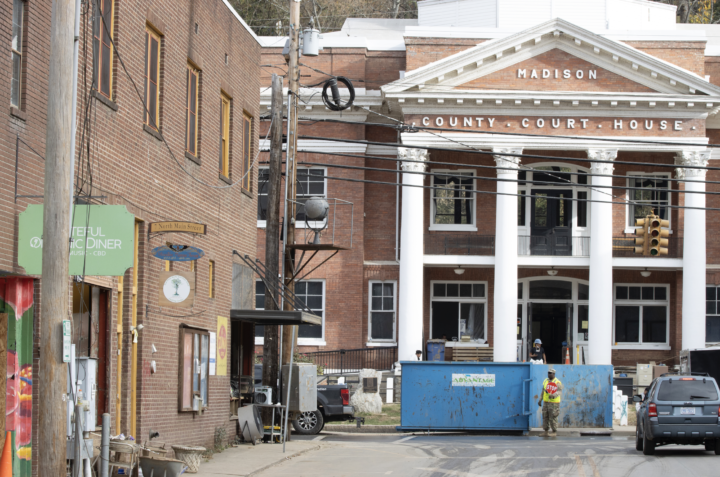
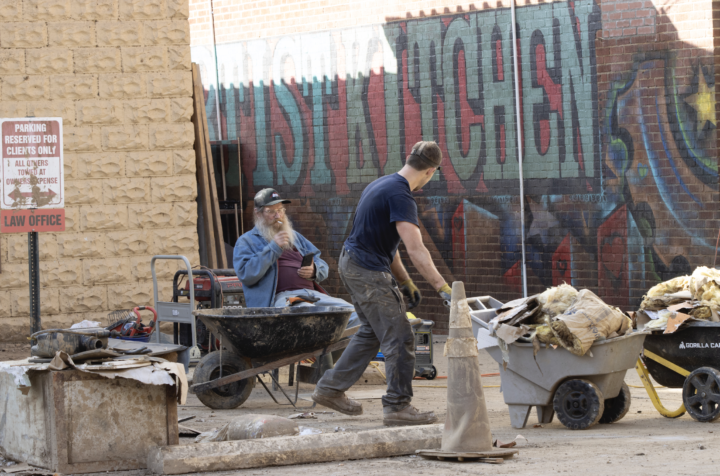
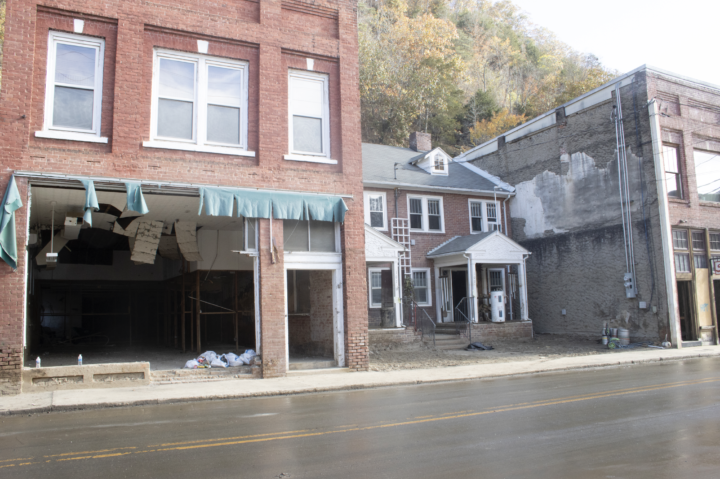
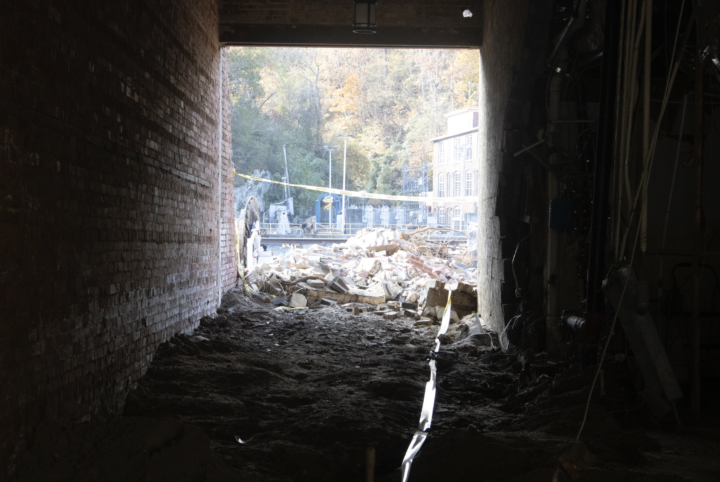
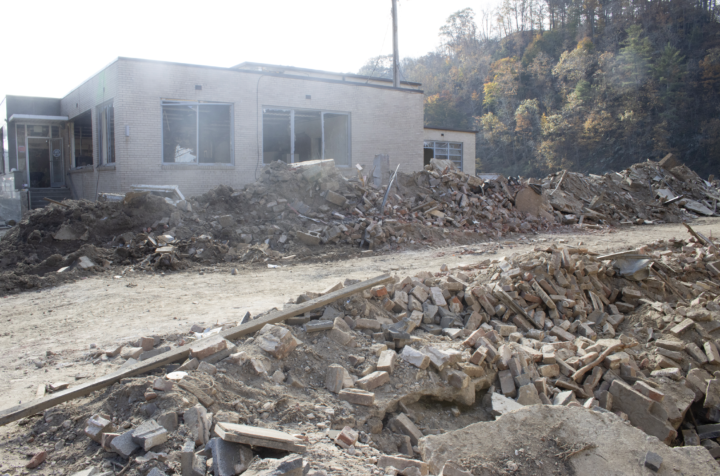

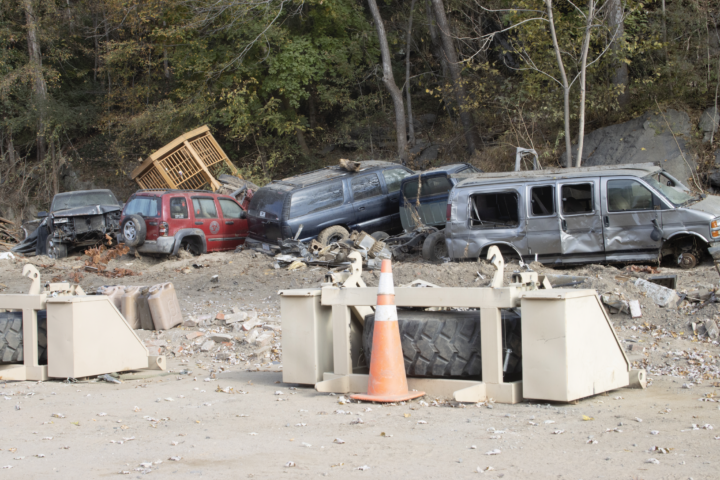
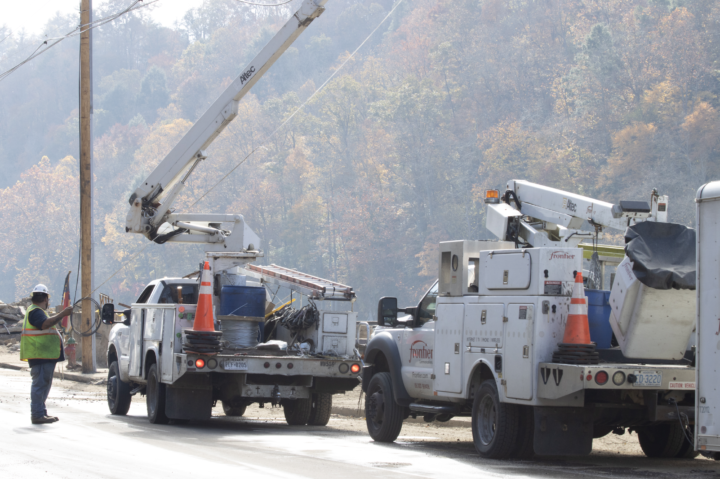
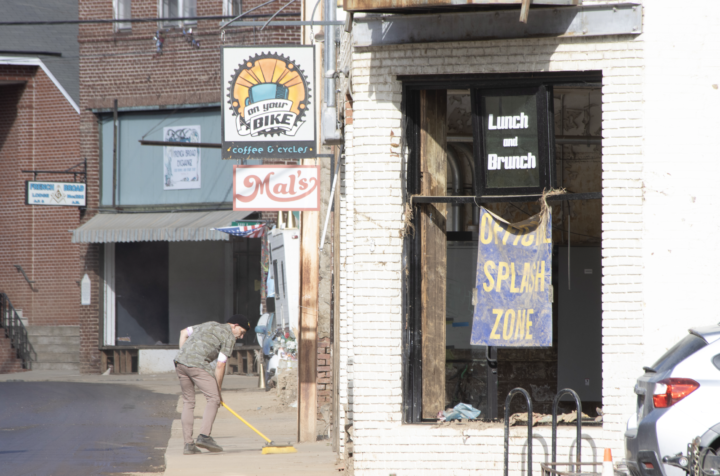
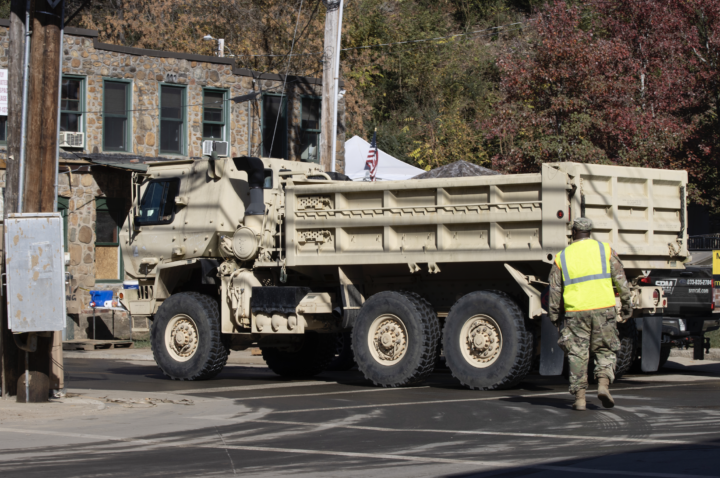

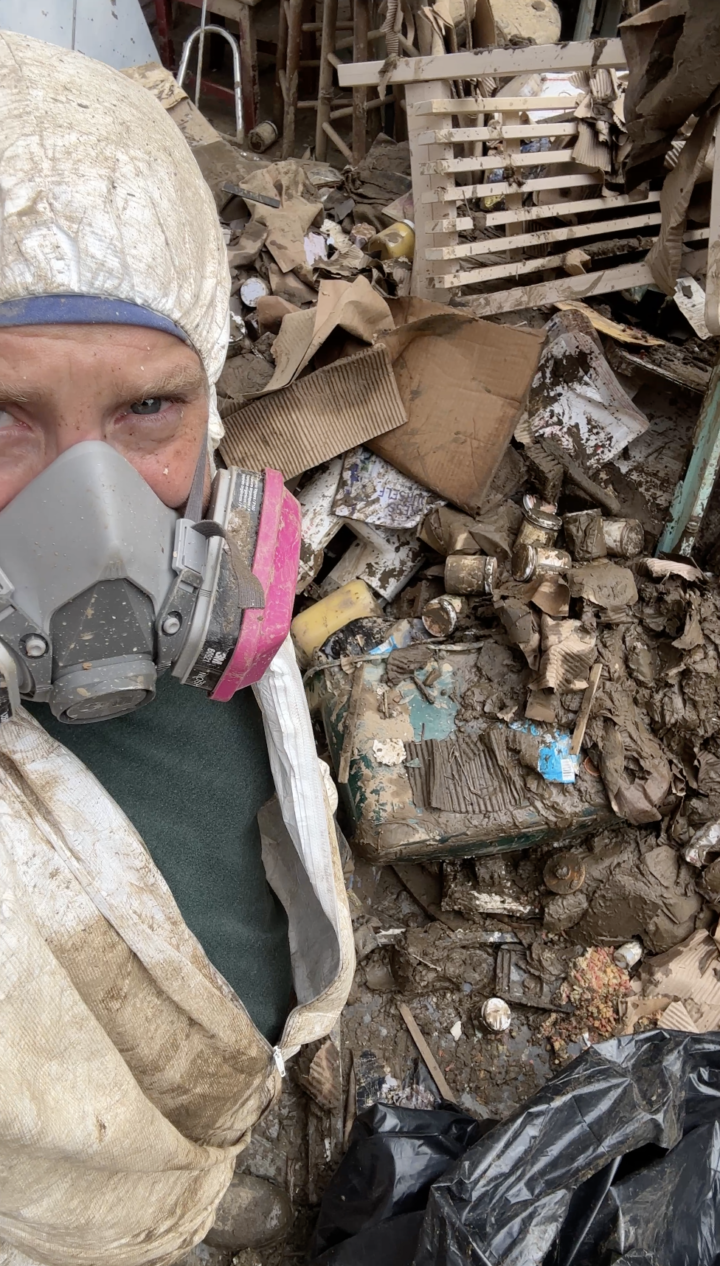
Make it happen Marshall !! ….good for you all and so very much appreciated by all.
Thanks for everything, https://www.nanostead.com/, you are the BEST! Thank you! Thank you! Thank you!